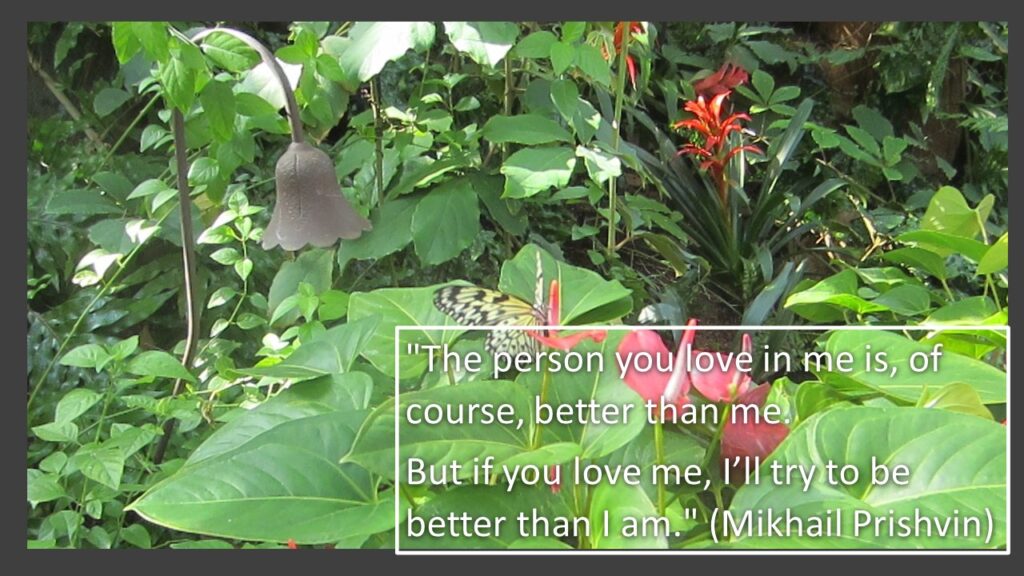In this article, I define what proxemics and immediacy in interpersonal communication are. I also explain what the proxemic zones and immediacy of communication tell us about relationships. Cultural variations in the use of proxemics and immediacy still exist.
What Is Proxemic Communication?
Proxemics (distance), kinesics (body language), and haptics (touch) are important nonverbal messages that we use in our communication.
Proxemics is a form of nonverbal communication in which personal and social spaces of interaction convey specific meanings about interpersonal relationships. Such spatial signs and behavioral indicators express, tacitly or explicitly, certain cultural connotations.
Proxemic communication relies on the spatial distance that we keep with others around us during interaction, conversation, or just passing by. The space we leave between the other person and ourselves can signal many things about our relationships.
The American cultural anthropologist Edward Hall proposed the proxemic theory (Hall, 1966). He characterized proxemics as the hidden dimension that focused on how people in different cultures used physical space in their communication with others.
Edward Hall outlined spatial zones that characterize typical interpersonal distances that people in Western cultures tend to maintain in different kinds of social relations.
Proxemic Zones
Proxemics describe the relative distances between people in communication. These are the four proxemic zones of social interaction. E. Hall classified and defined them as public space, social space, personal space, and intimate space.
- “Public distance” is the distance typical for public speeches and interactions. This distance is approximately greater than 210 cm. At this distance, there is little eye contact between the people who are talking, and their voices sound at a high volume.
- “Social distance” is the distance that is maintained during formal interactions. This distance is approximately 122-210 cm. At this distance, communicators use only visual and auditory messages.
- “Personal distance” is the distance that is maintained during informal interactions with friends. This distance is about 46–122 cm. At this distance, communicators rely on visual and auditory contact. Facial expressiveness and vocalizations increase.
- “Intimate distance” is the distance that is maintained in close relationships. This distance is approximately 0 to 46 cm. At this distance, communicators’ visual perceptions are blurred. A voice is low-pitched, soft, and quiet. Perception of temperature, olfactory, and touch senses play a greater role.
What Is Immediacy?
I call these territorial and spatial facets of communication “immediacy.” This cultural concept characterizes the preferred proximity of interpersonal relationships, psychological closeness, and behavioral closeness between people that is prevalent in a society (Karandashev, 2021).
The psychological concept of immediacy is closely associated with communicative concepts of proxemics.
Immediacy is an invisible psychological bubble we feel beyond our bodies. We can call it “personal space.” Individuals tend to prefer a certain personal space with other people depending on what kind of relationship they are in and how culturally appropriate it is.
The immediacy is evident in interpersonal interactions ranging from proximity to spatial distance.
What Does Immediacy Tell Us About Relationships?
Western scholars and laypeople often interpret physical closeness as a sign of accessibility, approach inclination, and warmth, while a physical distant space is interpreted as a sign of inaccessibility, avoidance inclination, and psychological detachment. Initiating and maintaining a certain distance in interpersonal communication can be evident in several expressions of nonverbal behavior (Andersen, 1985; Andersen & Andersen, 1984).
Psychological immediacy of interaction is characterized by close proximity in interaction, open body positions, eye contact, smiling, more vocal animation, touching, and expressiveness. When people have a relaxed or positive relationship with each other, they are more likely to reciprocate such behaviors.
Psychological distant interaction is characterized by greater distance in interaction, close body positions, a lack of eye contact, a lack of smiling, less vocal animation, a lack of touching, and less expressiveness. When people have a tense or negative relationship, they tend to reciprocate such immediate behaviors.
Cultural Variations in the Understanding of Proxemics and Immediacy
Due to cultural evolution, social ideas of territoriality and appropriate territorial space evolved. The territorial spaces that are identified as “ours” and “mine” vary across human societies and depend on several cultural factors (Hall & Hall, 1990; Karandashev, 2021).
Therefore, the Western psychological interpretation of proxemics and immediacy may be inadequate from a cross-cultural perspective. Explanations of spatial distance can vary across cultures (Karandashev, 2021).
Cultural connotations of proxemics and immediacy are closely associated with corresponding understandings of intimacy in close relationships in different cultures (see another article).

